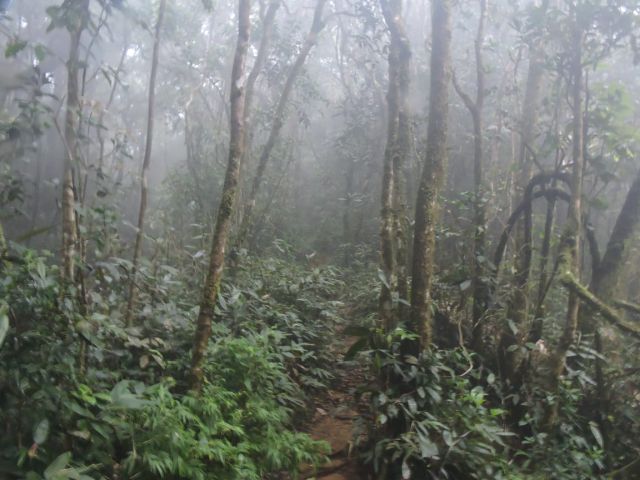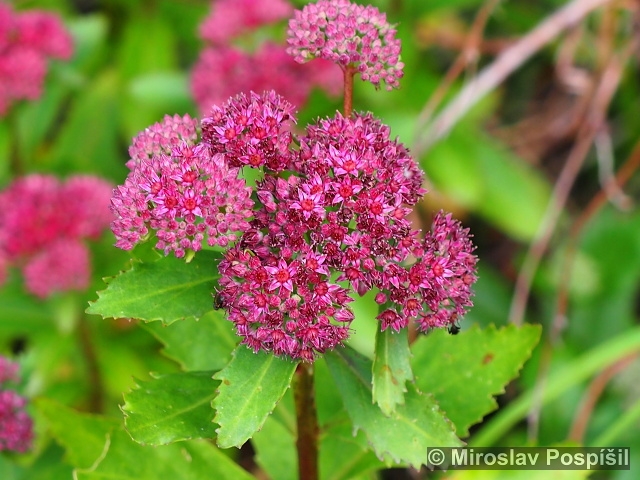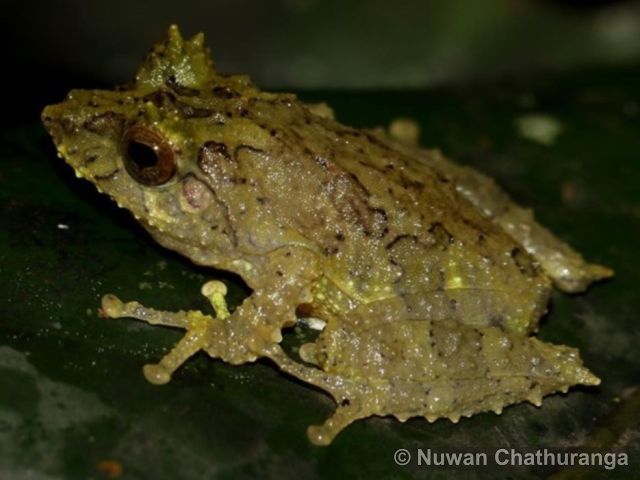Tento příspěvek byl přečten236krát!
As its name implies, Wilpattu (Vil-pattu) National Park (WNP) is truly a land of lakes which provides a safe haven to the dry zone biodiversity of Sri Lanka. The saucer-shaped ‘Villu’ wetlands are a topographical feature unique to this area of the country. The WNP is the oldest and most important national park in the country, in terms of its ecological and archaeological significance. The Wilpattu National Park has been protected under the Ramsar Convention since 2013.
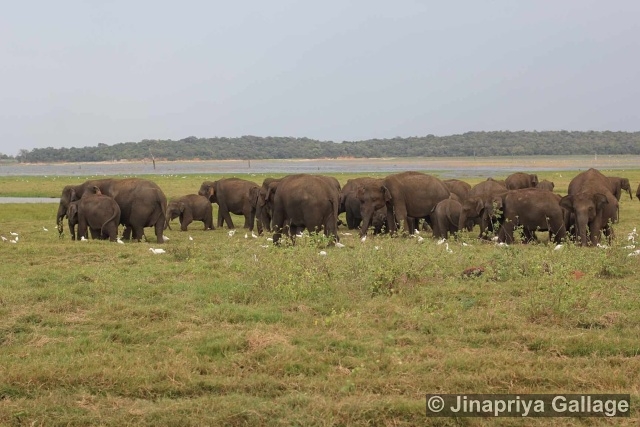
Historical and Sociological background
The WNP is not only famous for its breathtaking landscape but also for its cultural importance. 2500 years ago, king Vijaya landed at Thambanni,now known as horse point, which is located in WNP , established the Sinhalease kingdom and founded the Sinhala nation. A significant amount of legend and history has been associated with the park and its immediate surroundings. Still, this area contains historical artifacts, evidence of ancient civilization.
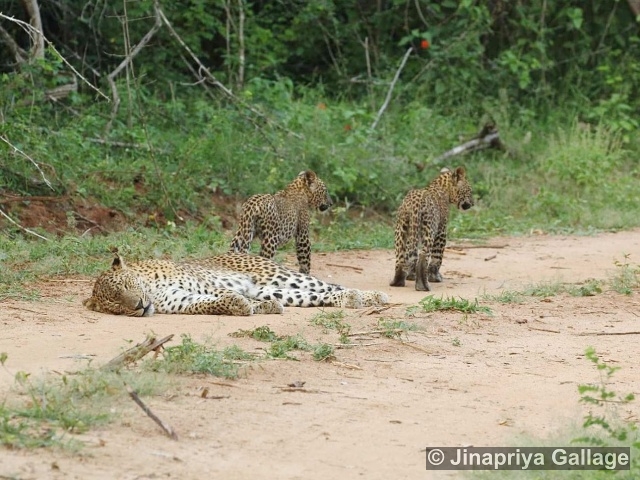
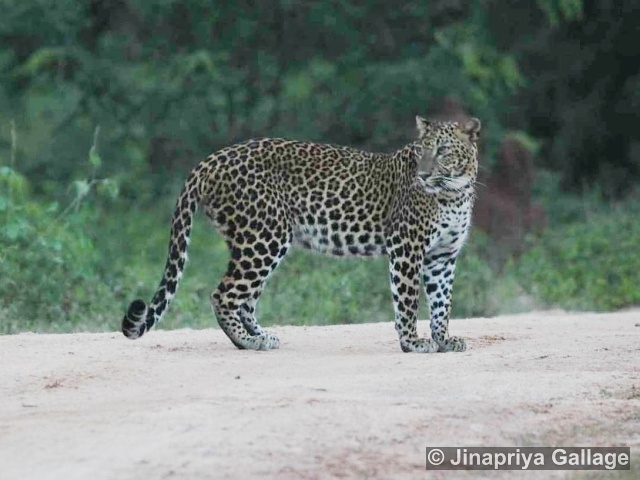
Geographical and Climatic features
WNP covers 2% of total land area in Sri Lanka and it is the largest protected area in Sri Lanka. WNP is located 30 Km west of Anuradhapura and spans the border between the North Central and North Western Province. The average annual temperature in the park is around 27.20 C and it receives an annual rainfall of approximately 1,000 mm.
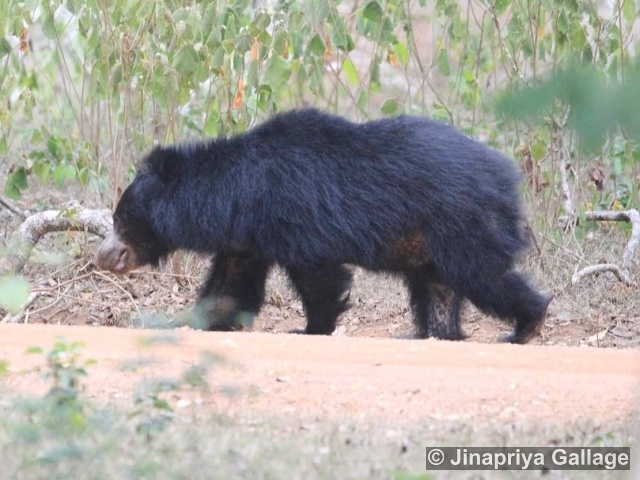
Ecological Features
There are three types of vegetation; Littoral vegetation, including Salt marsh and low scrub immediately adjacent to the beach and further inland, monsoon forest with tall emergents, such as Palu (Manilkara hexandra), and Satin (Chloroxylon swietenia), Milla (Vitex altissima), Weera (Drypetes sepiaria), Ebony (Diospyros ebenum) and Wewarna (Alseodaphne semecarpifolia).
WNP harbors a variety of mammals, Wilpattu is claimed as the one of best places to observe undisturbed behavior of wild elephants (Elephas maximus). Standing elephant herds close to wetlands and enjoying water games are common sightings in Wilpattu. Furthermore , Wilpattu is the premier park in the world for daylight viewing of leopards (Panthera pardus kotiya). Sloth bears (Melursus ursinus) with their cubs are one of the common scenarios in Wilpattu.
“The Land of the lakes” is a birders paradise with many species of resident and migrant birds, also hosts endemic Ceylon Jungle Fowl (Gallus lafayettii), Ceylon Grey Hornbill (Ocyceros gingalensis) and Ceylon Prakeet (Psittacula calthropae). Moreover wilpattu provides a safe home for threatened Lesser Adjutant Stork (Leptoptilos javanicus) and Spot-billed Pelican (Pelecanus philippensis). The best song bird White-rumped Shama (Copsychus malabaricus) too is very easily seen in Wilpattu. During a safari in Wilpattu, one can frequently encounter raptors such as the White-bellied Sea Eagle (Haliaeetus leucogaster), the Serpent Eagle (Spilornis cheela), the Changeable Hawk Eagle (Nisaetus cirrhatus), and the Grey-headed Fish Eagle (Ichthyophaga ichthyaetus).
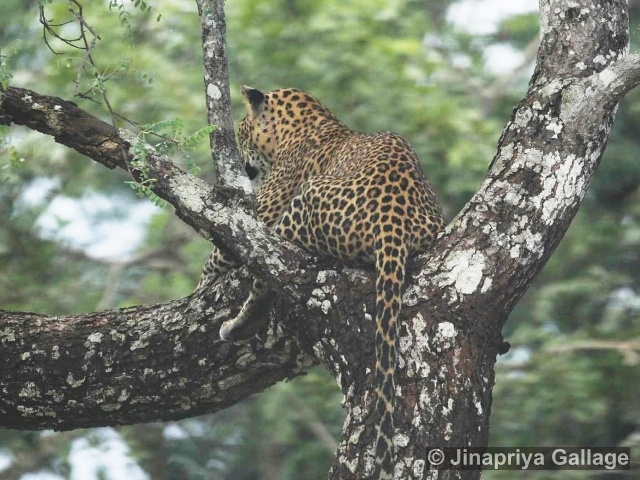
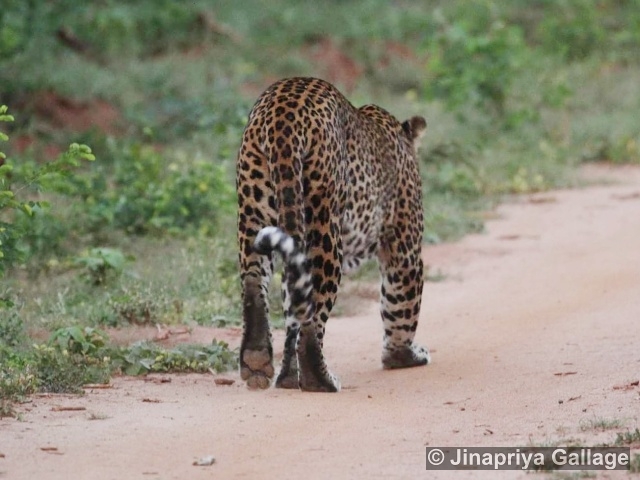
Threats and Challenges
Research conducted by the Environmental Foundation Limited (EFL), which focuses on preserving Sri Lanka’s environmental rights, has highlighted several environmental threats.
- Carrying out resettlement projects around the Wilpattu National Park has proved to be a short-sighted, unsuccessful decision.
- Unregulated tourism activities
- Marine resources including the bar reef and species like dugongs are exposed to destruction or local extinction due to unregulated activities.
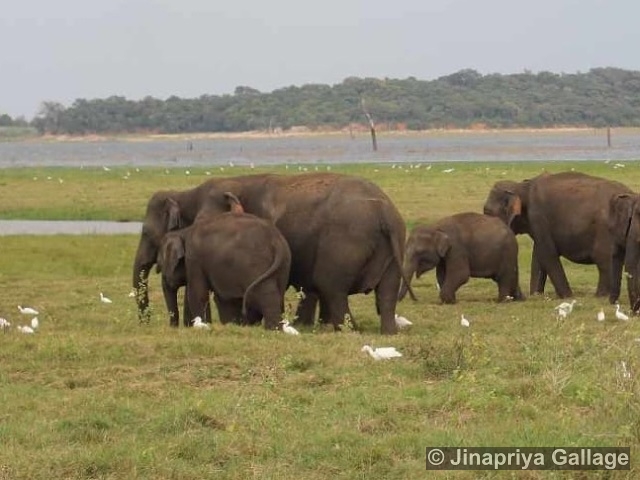
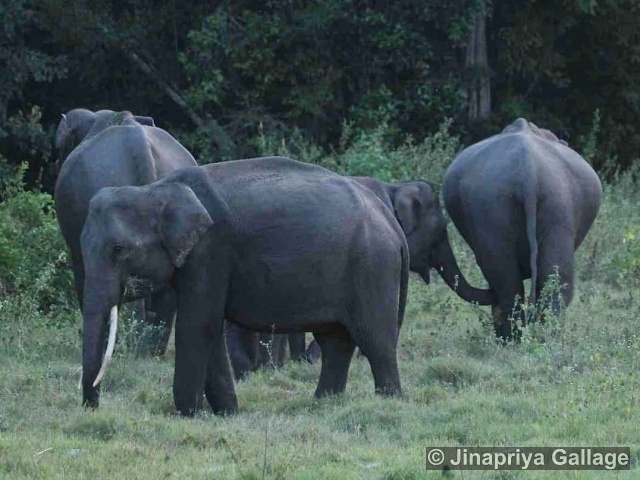
Author of text: Devindi Budhawaththa.
Author of photos: Jinapriya Gallage.
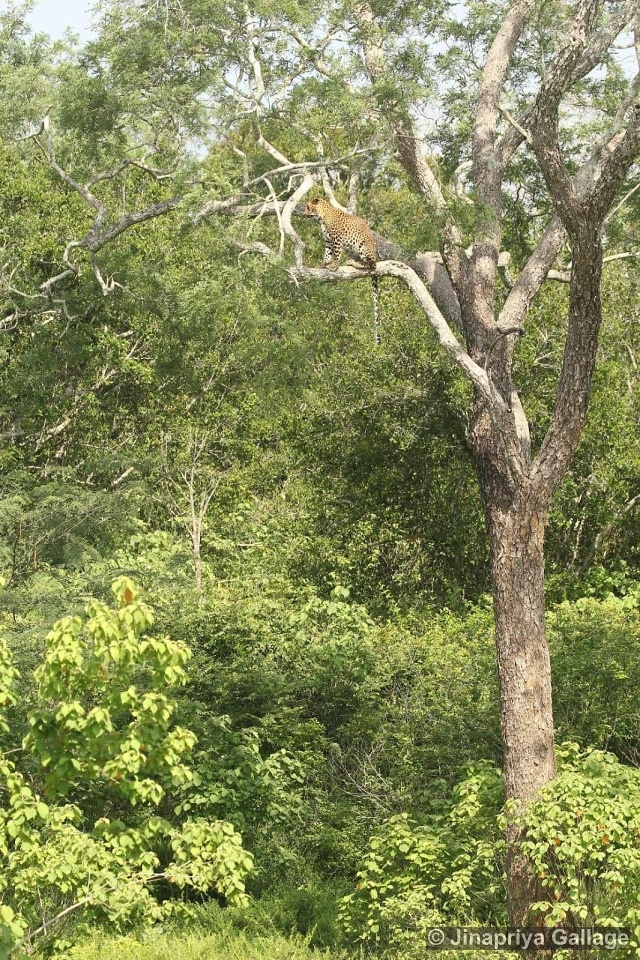



 Poslat emailem
Poslat emailem
